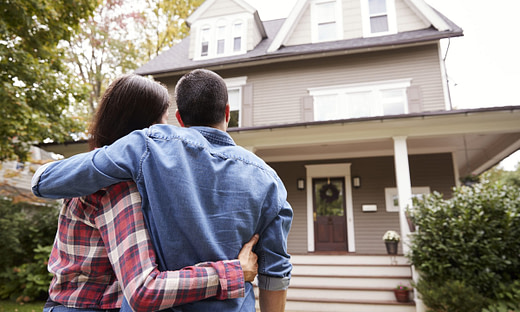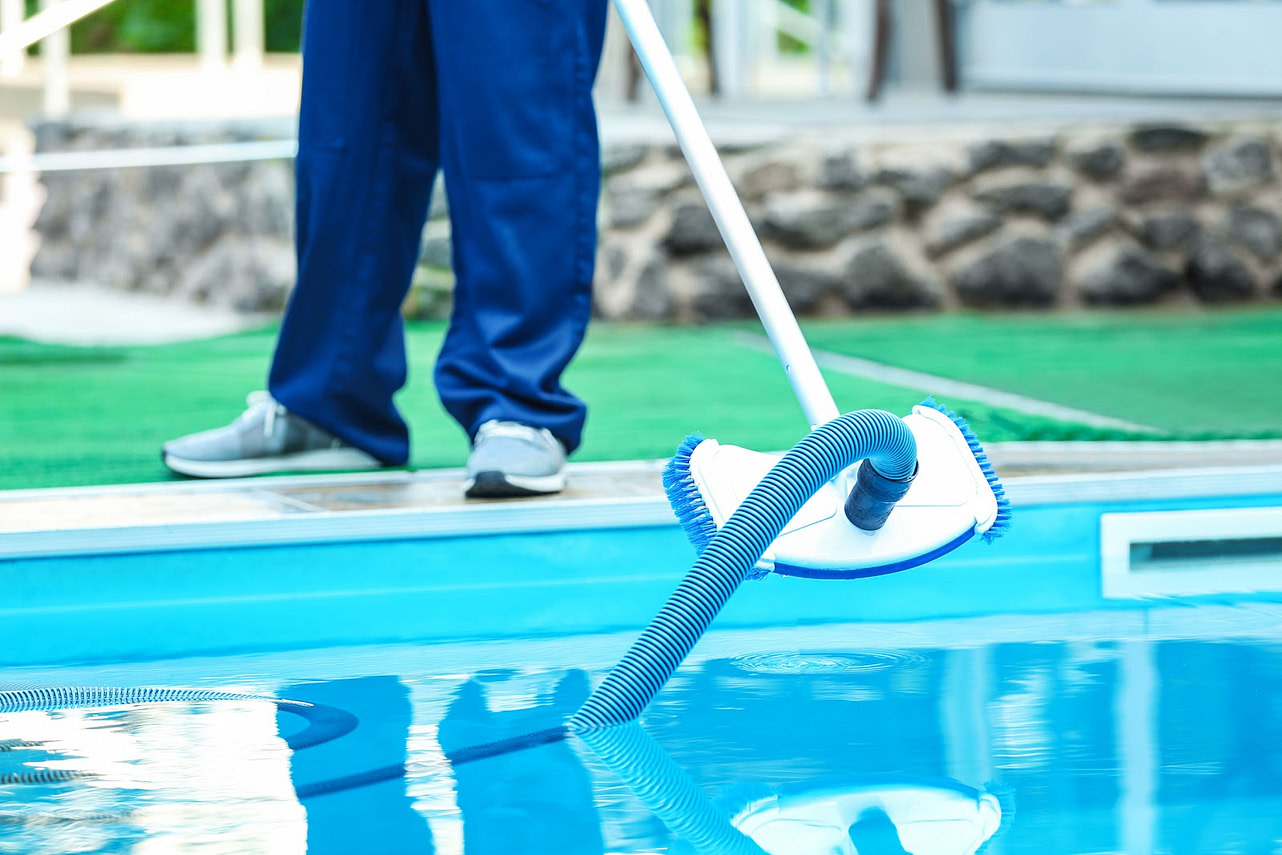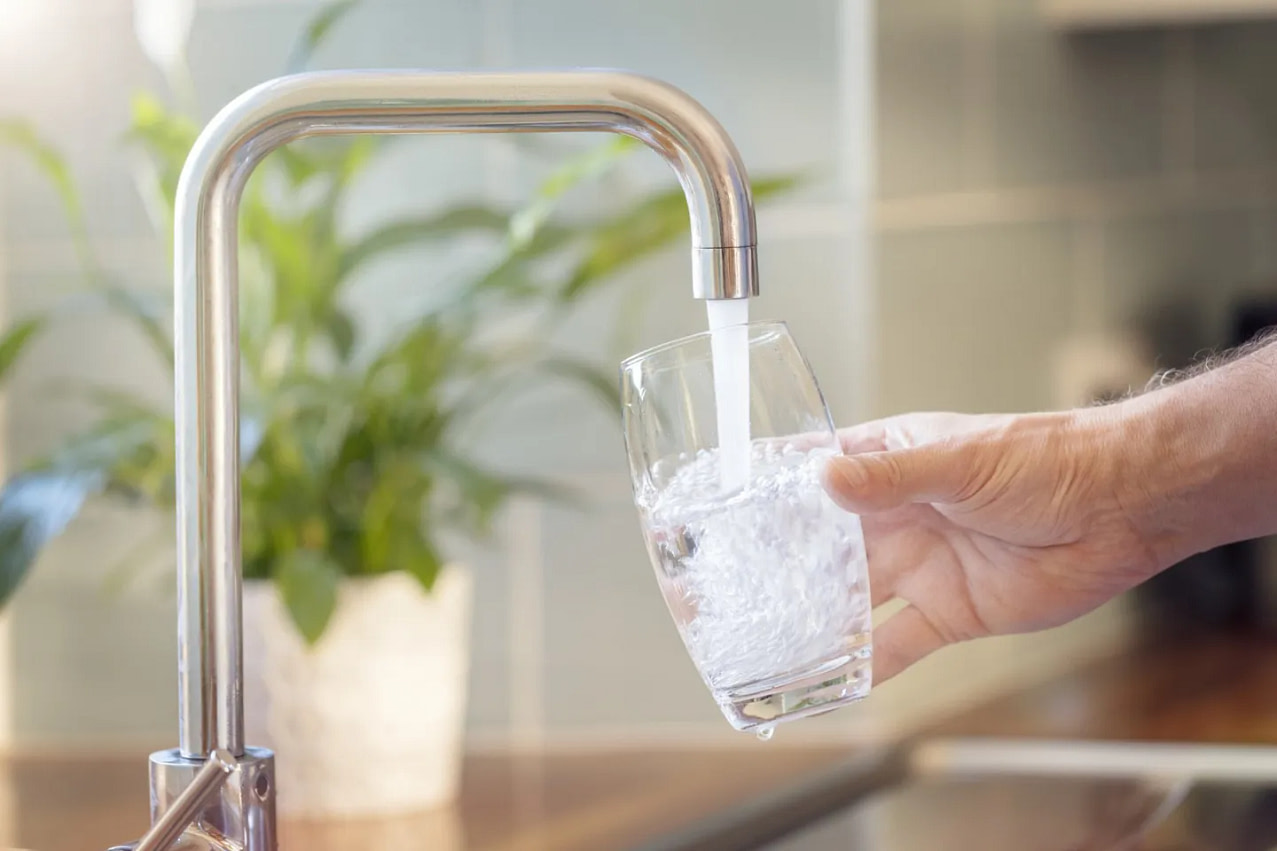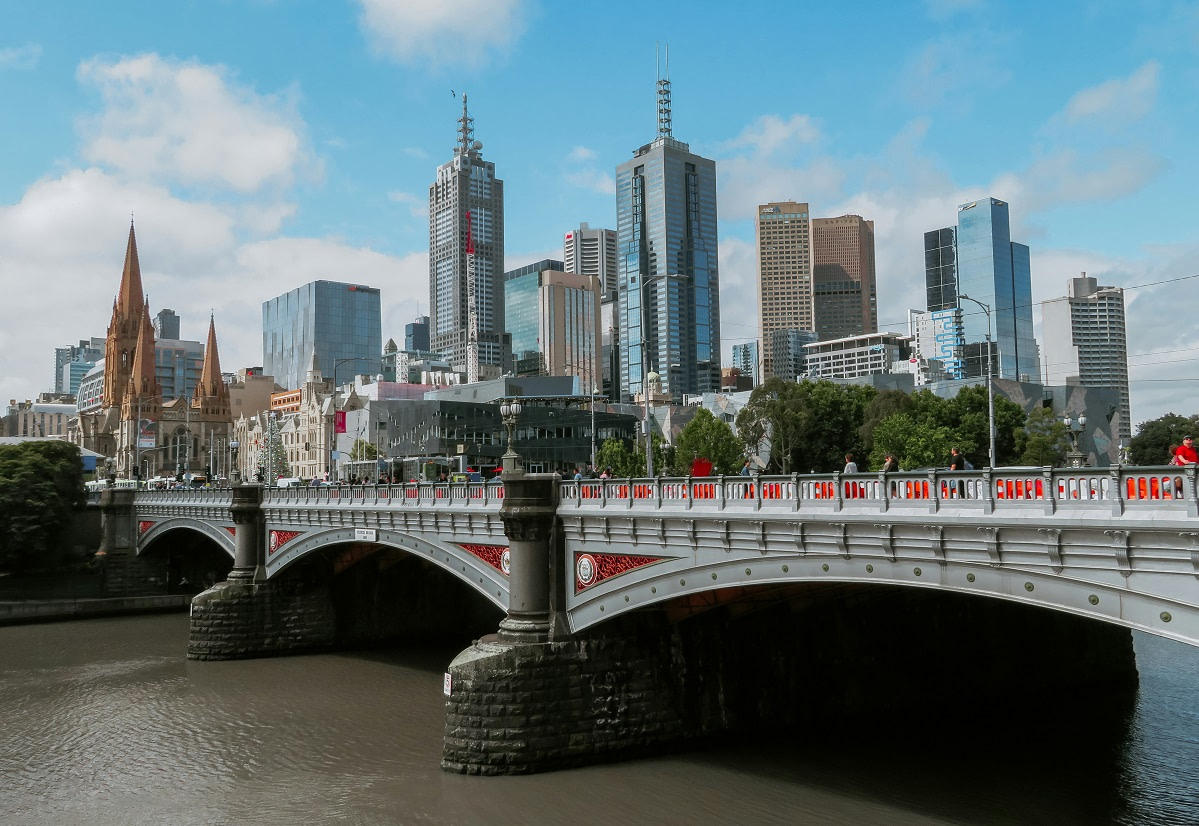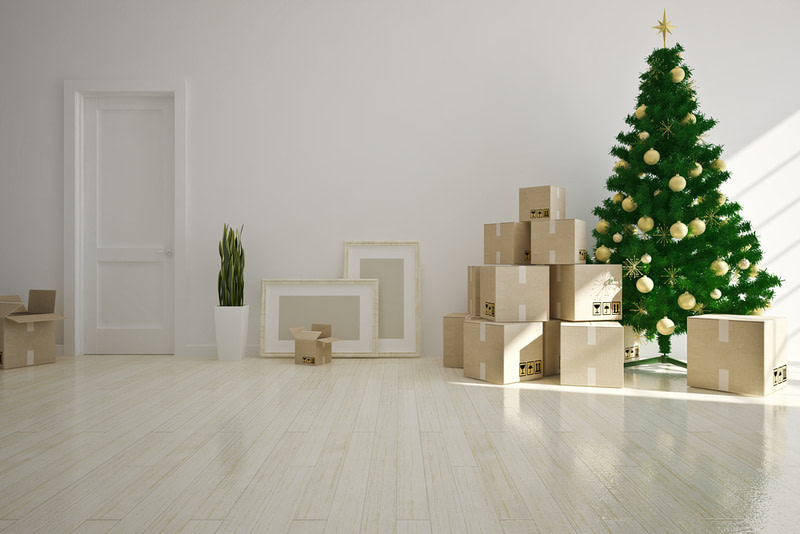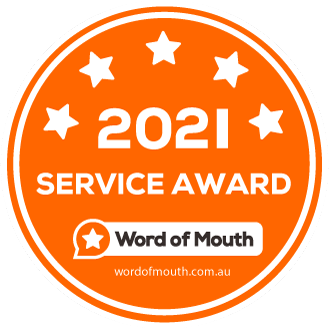Last Updated on October 14, 2023 by Vlad Stoikovich
If you’re moving to a new home, you’ve probably budgeted for the expenses you’re going to incur. Or, have you? Everyone considers the hidden costs of the actual move, from paying for movers and packing supplies to utility reconnection fees and cleaning costs. But, what about the unexpected costs you’ll encounter once you’ve moved in?
We take a look at the unexpected costs you may incur after moving into your new home, so you’ll be fully prepared for anything.
1. Pool Maintenance
If you’re becoming one of the 2.7 million Australians living in a home with a swimming pool, there are plenty of unexpected costs you’ll need to budget for.
The average pool costs anywhere between $600 and $2000 per year to maintain, depending on the size of the pool, the size of the water pump, and whether it’s heated or not.
Filter Pump
A filter pump is essential for cleaning your pool and keeping it free from algae. But, it comes at a cost.
You’ll need to run the pump for around six hours every day (more in the summer months), which will use an average of 1 kilowatt (kWh) per hour of electricity, or an additional 2,000 and 3,000kWh annually. If we take the average flat-rate energy cost in Australia of 26.5c/kWh, you could be looking at between $530 to $795 being added to your energy bills each year.
Running costs vary depending on the type of filter pump and the flow rate. If you’re inheriting an older pump, you may want to consider investing in a more efficient model to help bring the cost down. Although this is an extra expense so soon after moving, the energy savings you make will offset this cost in just a few years.
Heating
A heated pool could be considered a luxury, but it’s recommended if you want to continue swimming during the winter. There are two main heating methods, each of which will add to your energy costs:
- Solar Heater: The most economical option, costing between $0.18 and $0.26 per hour
- Gas Heater: Heats the pool in a flash, but costs between $4 and $17 per hour to run
Bear in mind that the larger the pool, the bigger the heating costs.
Water Levels
Water evaporates, especially in the hot Aussie summer months, and it’s estimated that an uncovered pool loses approximately 5 mm of water a day. This water needs to be replaced, the cost of which is dependent on your supplier.
Cleaning
Chemicals are a pool cleaning essential. You’ll want to factor in $100-$200 per year for chemical cleaners and an additional $50-$100 for items such as nets, brushes, and a telescopic pole. And, there’ll be additional expenses if you decide to purchase a suction pool cleaner ($100-$800 depending on the model) or a robotic vacuum ($500+) to get the job done more efficiently.
Although everyday cleaning may be a DIY job, it’s a good idea to hire a cleaning company to give your pool a thorough clean every four months, which will set you back:
- $50-$130 for a standard clean
- $100-$1,000 for a deeper clean
- $80-$150 to pressure clean the tiles
2. Higher Utility Bills
One unexpected additional expense when moving into your new home could be utility bills. If you’re moving from a rental property where utilities are included in the monthly rent, you will now become responsible for the bills. If you’re moving to a larger house, the cost of lighting, heating, and cooling will be higher.
You may also find the house is less energy-efficient than your previous one, especially if you’ve purchased an older property, due to:
- Poor insulation of the walls, ceiling, attic, foundation, ducts, piping, or water heater tank
- Older windows and doors with bad seals
- Non-energy efficient lighting
- Older appliances
- Outdated heating, ventilation, and air-conditioning (HVAC) systems
Re-sealing doors and windows can be inexpensive and an easy DIY job, as is replacing existing light bulbs with more energy-efficient ones. Both of these jobs can help reduce your utility costs.
However, having a home insulated is a big outlay, costing anywhere in the region of $800-$5,000 depending on the size of the property.
3. HVAC System Upkeep
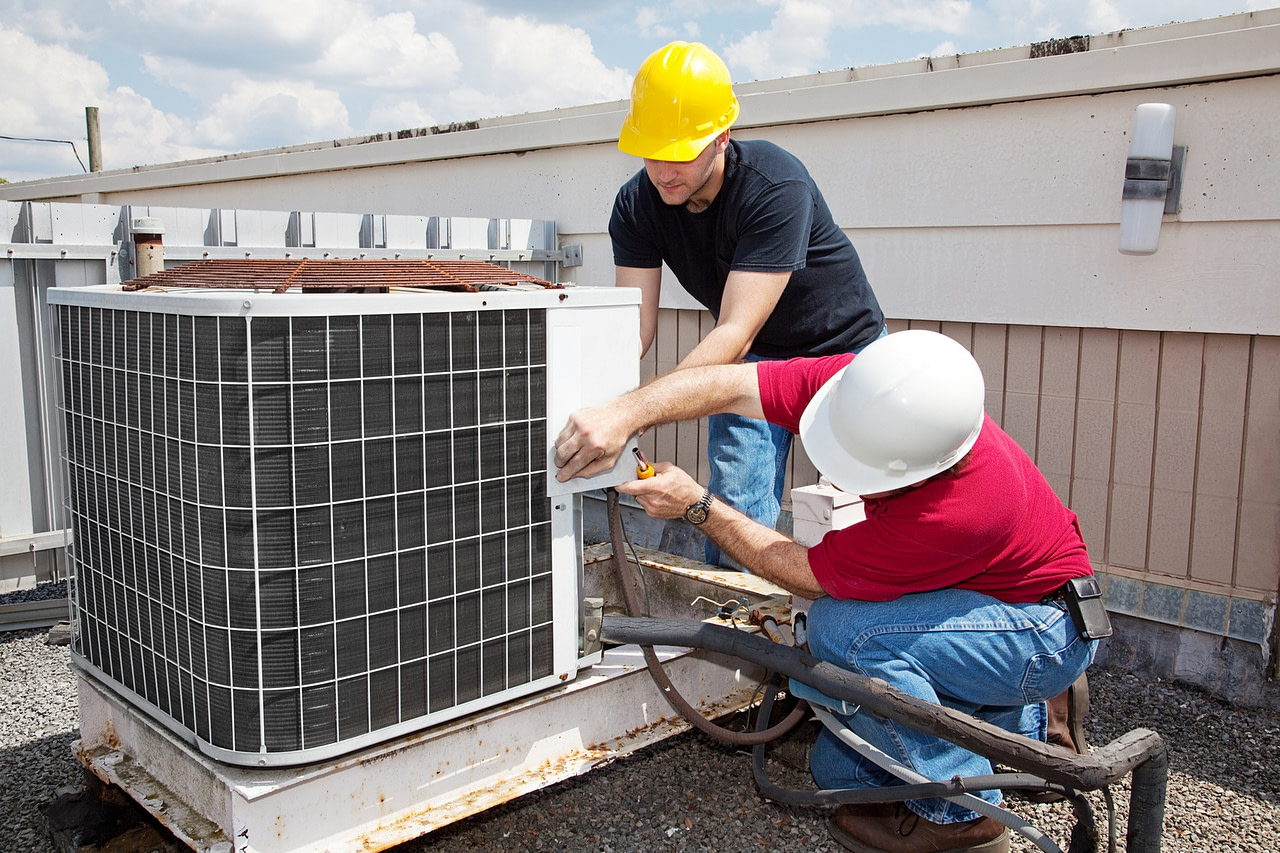
HVAC systems account for 20-50% of the energy used by Australian households. Unfortunately, if you’ve inherited a unit that’s more than 10 years old, the system will be less efficient than it once was, pushing up energy bills.
To keep it in top working order, the system needs to be serviced once or twice a year, setting you back $75-$150 each time.
A high-quality and well-maintained HVAC system has a lifespan of around 15 years. The cost to continually repair an old system will soon build up until you’re eventually faced with the prospect of having to fork out between $600 and $6,000 to replace the whole system.
4. Lawn Care
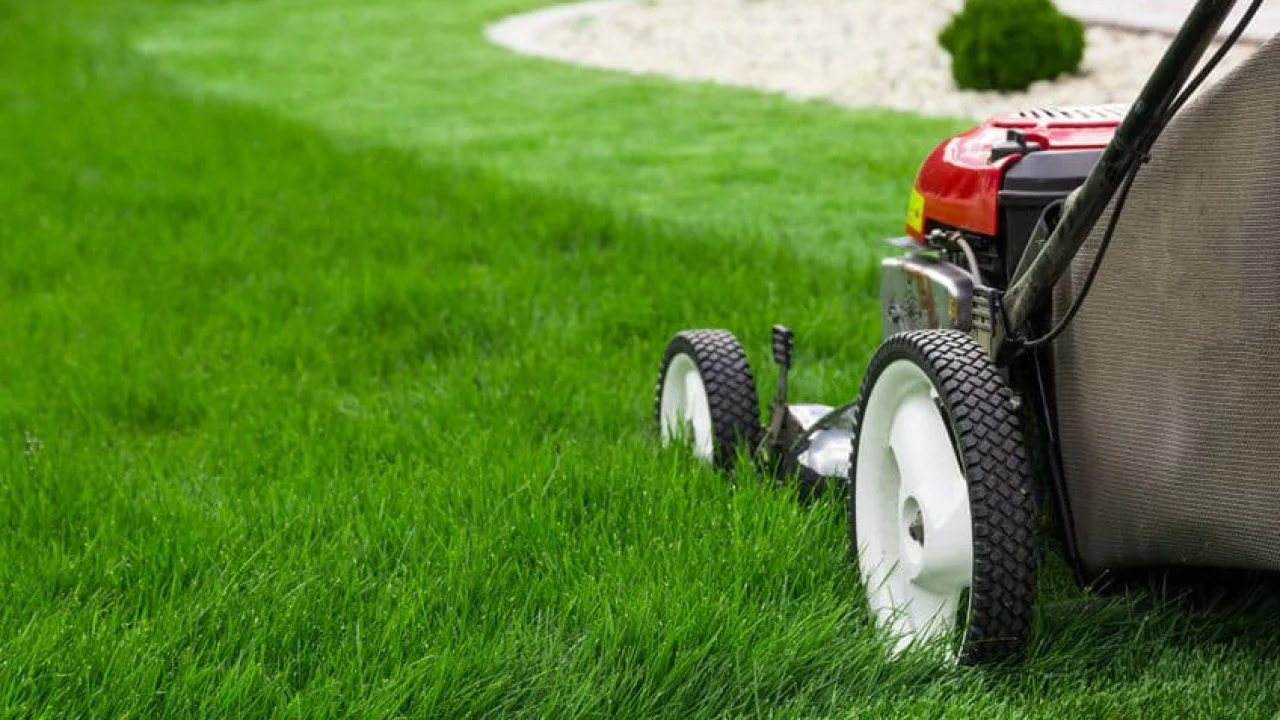
Whether you decide to handle the work yourself or hire a professional landscaper, lawn care needs to be paid for. Equipment, such as a lawnmower, gardening tools, a whipper snipper, and a hose, can be expensive but is also a necessity to keep your lawn looking great. You should also budget for fertiliser, seed, and the gas and oil required to run your new equipment.
To save time and energy, you may decide to hire a professional landscaping service to take care of the garden instead. Rates vary, but Melbourne homeowners can expect to pay between $30 and $120 per hour. When you consider a lawn requires mowing every 2-3 weeks at certain times of the year, the costs will soon mount up.
Tree Trimming
If your new home has trees within the grounds, you may encounter other unexpected costs. Proper maintenance needs to be carried out to prevent hanging tree limbs from damaging roofs and windows. And, trimming helps prevent leaves from clogging gutters and drains and causing issues with plumbing and outdoor HVAC units.
It’s also worth noting that if your tree overhangs and begins encroaching onto a neighbouring property, cutting it back is your responsibility. Yet another unexpected expense to plan for, especially if you want to remain on friendly terms with the neighbours.
5. Pest Control
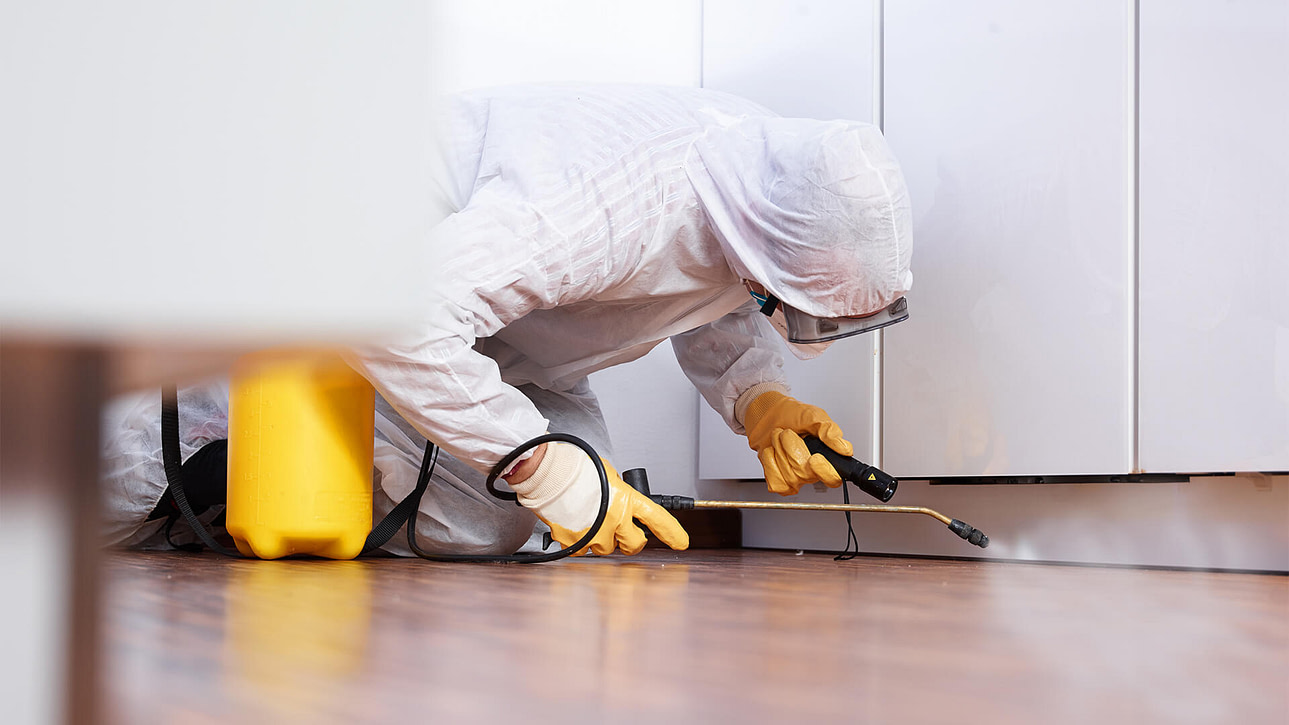
Unexpected guests could mean an unexpected expense in your new home. Whether moving to an urban or rural location, you need to prepare for pests. Ants, cockroaches, bed bugs, spiders, termites, and other insects can quickly become more than just a nuisance, causing damage to the wiring and structure of a property.
Regular pest control can help prevent infestations. Companies typically charge an hourly rate of $35 to $65. However, you can also expect to pay the following fees for specific services:
- One-off spray treatment in a:
- 3-bedroom home: $130
- 4-bedroom home: $170
- Interior and exterior general treatment: $250-$300
- Thorough exterior treatment with a pest protection service: $350-$450
- Full interior and exterior treatment: $450-$700
6. HOA Fees
Are you moving to a residential area covered by a Home Owners Association (HOA)? If so, be prepared to be hit with a monthly, quarterly, or annual fee for maintaining and running shared services and amenities.
Each HOA calculates fees differently, but, on average, you can expect to pay in the region of $200 to $300 per month. The good news is that your money is being put to good use, paying for community services, including:
- Lawn care of parks and green spaces
- Maintenance and repairs
- Pest control services
- Insurance for communal areas, such as car parks, storage units, and swimming pools
- City services, such as trash removal, road maintenance, and street lighting
7. Appliance Upkeep
Unless you’re buying a new build, many homes come equipped with appliances, such as stoves, refrigerators, dishwashers, and in-built microwaves. While you may be happy not having to buy these items, you do need to consider the downside of inheriting appliances, especially if the lease states if appliances break, the tenant must repair or replace them.
Older appliances tend to be less energy-efficient, requiring more power to run, which can increase utility bills. They’re also at greater risk of breakdown and often require frequent repairs to keep them in working order.
That big old LED TV that came free with your house likely costs $10-$15 more a month to run, than a new LED TV of the same size. Over 4 years – that’s likely more than the cost of a new TV!
Although replacing the seals and thermostat on the refrigerator may keep it going for another couple of months, chances are you’ll need to purchase a new one before long. Most kitchen appliances need replacing every 8-12 years.
Depending on their age when you move into your new home, you should expect to replace some or all of the appliances within the first couple of years of ownership.
8. Increased Commuting Costs
Moving home inevitably means changing how you travel to work. If you’re moving out of the city to a more rural location and opt to drive to work, your journey is going to be longer, leading to an increase in fuel costs.
Even if you’re moving into the city and closer to the workplace, your commute could take longer. Thanks to peak time traffic, many drivers find themselves driving on major freeways and through cities at speeds below school speed zones. And, while you’re idling on the drive, you’ll be paying more per kilometre for fuel.
Alternatively, you could choose to use public transportation, which could save you around $20 per week. However, the availability of public transport in more rural areas is limited and you may still have to drive to your nearest train station and pay for parking.
And, just because you’ve moved closer to the office doesn’t mean your commute is any easier. Many people in the city use multiple forms of public transport or change onto different train or bus lines to reach their destination. So, although you may have a travel card to keep the costs down (even when switching trains, buses, or trams), the additional waiting and journey time still needs to be considered. After all, time is precious.
9. Increased Childcare Costs
If you have children, are you moving further away from their school or nursery? If so, expect the cost of fuel to drive them to and from school to increase. And, if it takes you longer to commute, chances are the kids will need to be looked after for longer if you place them in childcare.
Moving to the outer suburbs probably means you’ll have better access to family daycare. Typically, this is the most affordable type of childcare, run by educators who look after up to seven children within their own homes for an hourly charge of between $7.50 and $16.80.
Even if your longer commute means placing your kid in childcare for just an extra hour every weekday, at an average of $7.85 an hour, this is still an unexpected cost of $54.95 per week that you need to budget for.
If you’re moving to the city, you may find that you have more long-term daycare services or childcare centres in your area that cater for a larger number of kids. Places are limited and are often highly sought after, so it’s often recommended that you put your kid on the waiting list a year before you want them to start attending. At the lower end, you could be looking at $70 per day to place a child in long daycare. However, fees can reach anywhere up to $190 in more affluent areas where families are willing to pay a premium.
10. Septic System Maintenance
Sewage is typically included in your water rates when you live in the city, so it could come as a surprise when moving to somewhere not on the city system.
Millions of Australian homes use septic tank systems to deal with wastewater. If your new home has a septic tank, it needs to adhere to certain regulations and be properly maintained.
It’s recommended that septic tanks be desludged and cleaned every 3-5 years, depending on the size of the tank and the number of people using it. A professional tank pumping service charges between $200 and $500. Costs could be higher if the tank hasn’t been de-sludged for several years prior to you moving into the property.
On top of cleaning, the system should be regularly inspected and maintained, which ranges in price from $150 to $300 a time.
And, all septic systems will eventually require repairing. Small repairs, such as fixing a leak or replacing the pump, will set you back $200 to $500 while repairing the drain field can stretch to several thousand dollars.
11. Water Filtration
While water that comes out of taps in the city may be clean and drinkable, the same can’t be said of water in more rural areas.
Australian water is treated with chlorine and other chemicals to sanitise it from algae, animal droppings, viruses, and bacteria. However, as it passes through many kilometres of ageing piping and tunnels before reaching your tap, it can become contaminated due to exposure to concrete, steel, copper, plastic, and iron. As a result, the water quality deteriorates the further it travels, which could pose a health risk to you and your family.
If your tap water is of poor quality, you may want to invest in a water filtration system. Prices vary depending on the sophistication and quality of the system.
| Type | Price | Installation | Annual Maintenance (including replacement filters) |
| Single Tap Filtration | $320+ | $120-$200 | $80 |
| Whole House System – Mains | $450-$700 | $250-$400 | $150-$220 |
| Whole House System With UV – Rainwater | $1,800-$2,000 | $300-$500
Plus $160-$250 for a 240V PowerPoint |
$350-$470 |
| Reverse Osmosis Filter System | $500-$900 | $250-$350 | $200-$300 |
12. Higher Property Taxes
Everyone pays taxes, and you may find that your property is subject to a higher rate of tax if you’ve purchased a larger or more expensive home.
Property tax varies from state to state. In Victoria, homeowners pay Land Tax if the combined value of their property and land exceeds $300,000. In addition, there’s The Fire Services Property Levy, which goes towards supporting the emergency services. The amount you’ll pay is dependent on the value of your property, so, again, it could be higher than you were paying in your previous home.
13. Limited or Expensive Internet
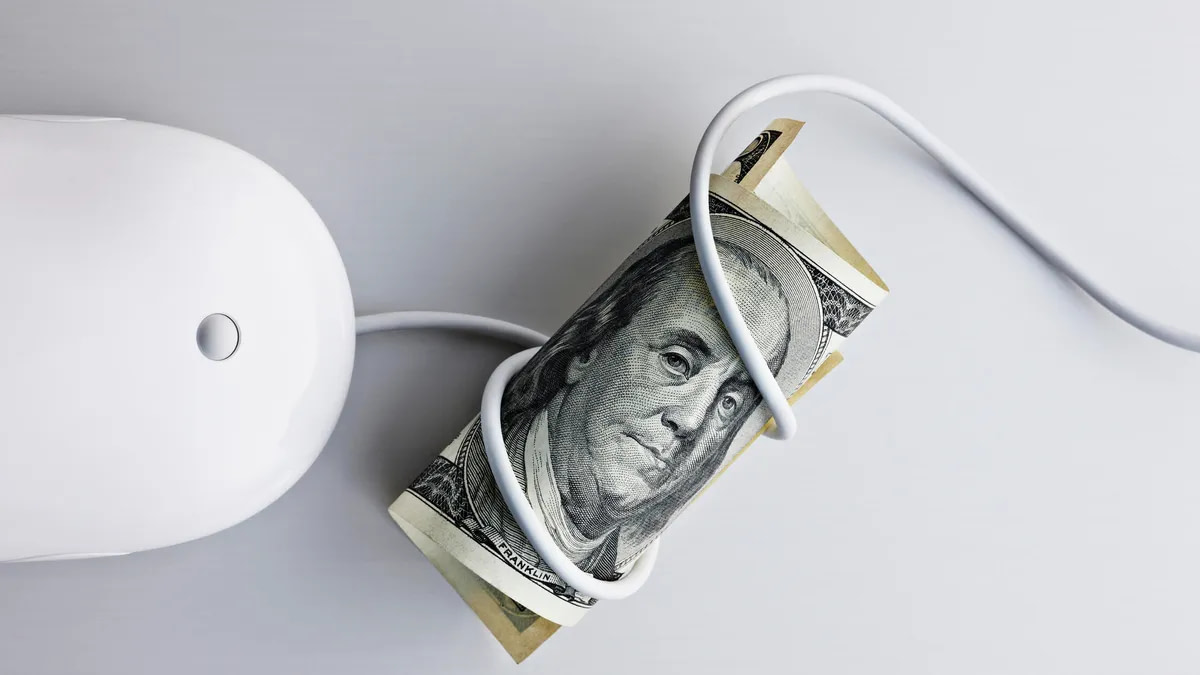
Australia’s National Broadband Network (NBN) was going to be the answer to all our internet prayers. And, for some households, it is. However, for others, performance is poor, or it’s simply not available in their location.
If your new home isn’t covered by NBN, you’ll need to look into alternative internet providers, which usually means home wireless broadband. Working across the mobile phone network, home wireless broadband may be an unexpected cost not figured into your moving budget.
Home wireless plans start at around $45 per month, very comparable to basic NBN plans. However, NBN customers only pay slightly more to upgrade to higher-speed connections (in some instances just $1-$5). On the other hand, the more affordable home wireless plans are 4G and the costs begin to add up if you decide to upgrade to 5G, with the average plan adding $10 to $20 per month onto your bill — and speeds are capped.
14. Local Grocery Costs

When you live somewhere for a while, you find your favourite local grocery store — usually the one with the lowest prices. But, when you move to a new neighbourhood, you’re back to square one unless you’re prepared to spend more travelling to your favourite store.
Groceries could be an unexpected cost when moving to a new home. If you’re used to shopping in Aldi but your new local large supermarket turns out to be Coles, you could see an increase of up to 10% on your weekly shop. This is also something to consider if you need to restock the pantry soon after moving in.
15. Local Service Providers
Similar to supermarkets, you may find that local services are more expensive in your new location. You could use the higher-priced gym or beauty salon just around the corner, or instead decide to spend more time and money (on fuel or public transportation) to travel slightly further and visit a cheaper one. With gym membership fees varying greatly across the country, you need to carefully weigh up the options, so you’re not hit with another unexpected cost.
16. Home Security system
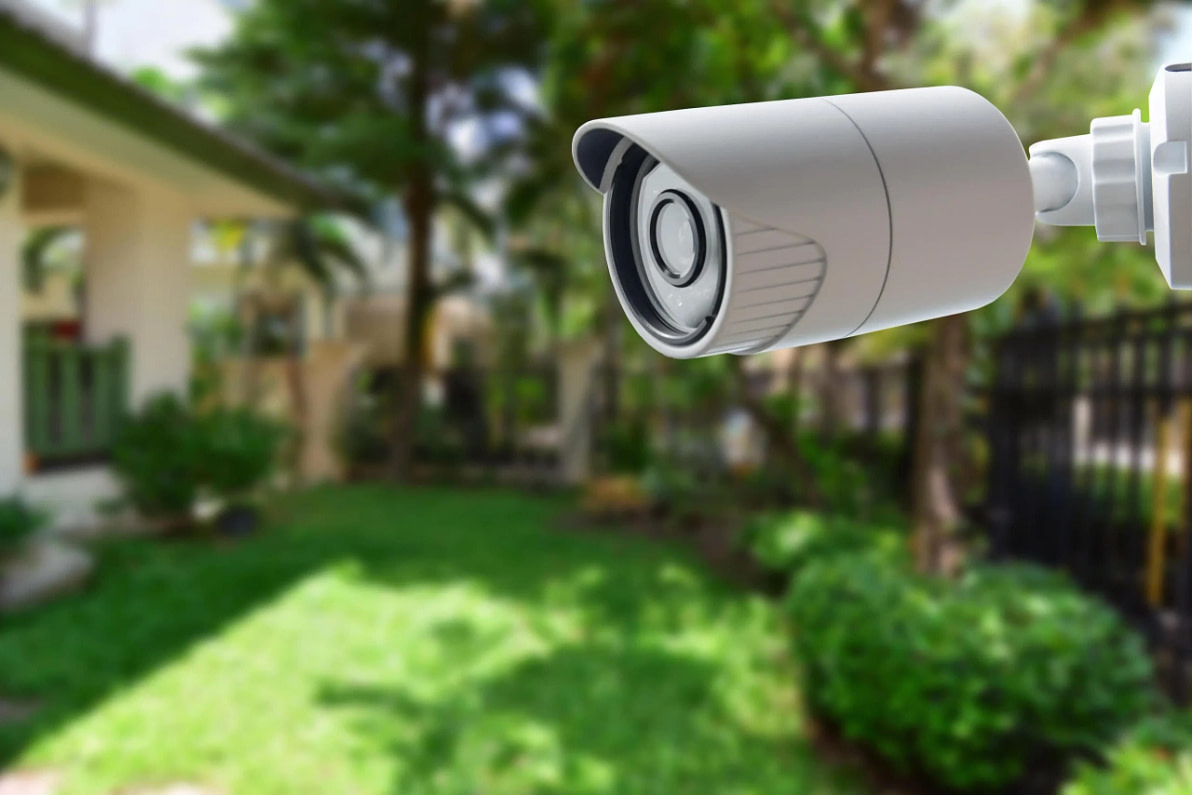
You need to feel safe in your new home so security is important. If you’ve inherited a hardwired security system, the $30 monthly fee for alarm monitoring could be one unexpected expense you encounter.
Alternatively, you could opt to make an initial investment and install a system such as Ring. And, even if you’re taking an existing spy camera system with you, you may have to purchase additional cameras to cover extra rooms or additional outdoor areas.
Prepare For The Unexpected
Moving house comes with hidden costs that most of us budget for. But, there are also those unexpected expenses you may not think of until they hit you. Hopefully, we’ve helped you think outside the box, so you’re more prepared for the unexpected costs after you’ve moved into your new home.

Vlad Stoikovich is the General Manager of HomeMove, with more than twenty years in the Melbourne removalist industry, you won’t find anyone with more experience or greater integrity.

